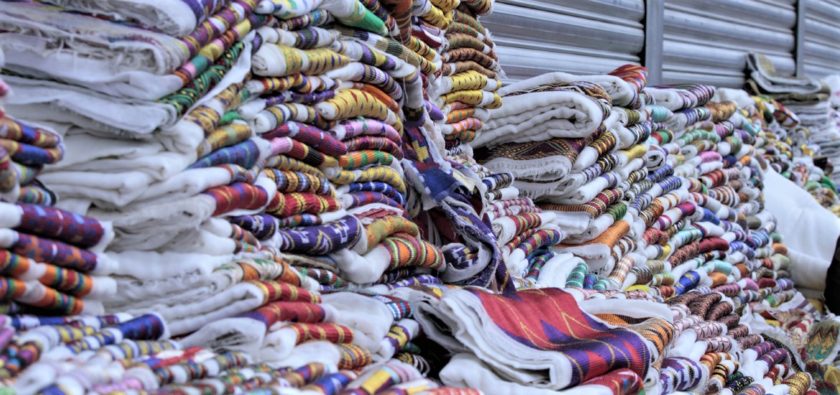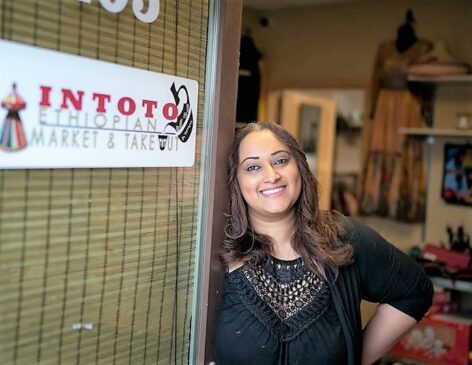Habesha Kemis: The age-old holiday attire
On the 13th month of the Ethiopian calendar, the very last Saturday of the 2011 EC, it was a very gloomy weather. Yet, shops were open from early in the morning. The narrow streets of Shiro Meda, to a certain extent, resemble the bustling Medina of Marrakesh. Usually, during holidays, Shiro Meda is full of people buzzing, women can be seen excited to get a new Habesha Kemis (dress), getting measured, choosing designs or trying ready made dresses, picking up orders and discussing payment. Shockingly, unlike the past years, this year shops were dry open, there were very few people buying clothes.
Habesha dress is a traditional clothing that has been worn in Ethiopia and Eritrea for centuries. It is handwoven and made from cotton and is especially worn during celebrations and holidays. One of the seasons to purchase Habesha dresses is during the upcoming days of the Ethiopian New Year. Habesha dresses are also selling on the international market. For instance, people can order their Habesha dresses from online stores like Etsy. The peak season for Habesha dresses is usually during Timket more than Enkutatash (the Ethiopian New Year). And the place to go to for Habesha dresses is Shiro Meda; however, nowadays, many habehsa dress shops can be found in shops all around Addis Ababa.
When making a Habesha dress, the cotton is first spun into yarn by the Dewari. Then it goes to a Shemane (weaver), who makes the traditional clothes. And then there is the hand sewing of the different types of colorful patterns or Tibeb into the dress. This entire process, depending on the discipline of the workers and the design, takes about 20 – 25 days to make one Habesha dress. Customers appreciate that the traditional dress is hand-made, and the material used to make the dress is usually of high quality. The material is cotton and there are different kinds such as saba, fetil, menen, weldeyes, etc.
Mostly the peak season to buy Habesha dresses is during holidays and weddings. Many of the sellers said that New Year is not a high season; however, during Timket (Ethiopian Epiphany), Christmas and Easter there are way more customers. Usually, Habesha kemis cost around 3,000- 10,000 birr depending on their design and the quality of materials.
Read more at: The Reporter




